Cruz Foam, Aquaborne and SuperGround are upcycling seafood byproducts into a wide variety of useful products
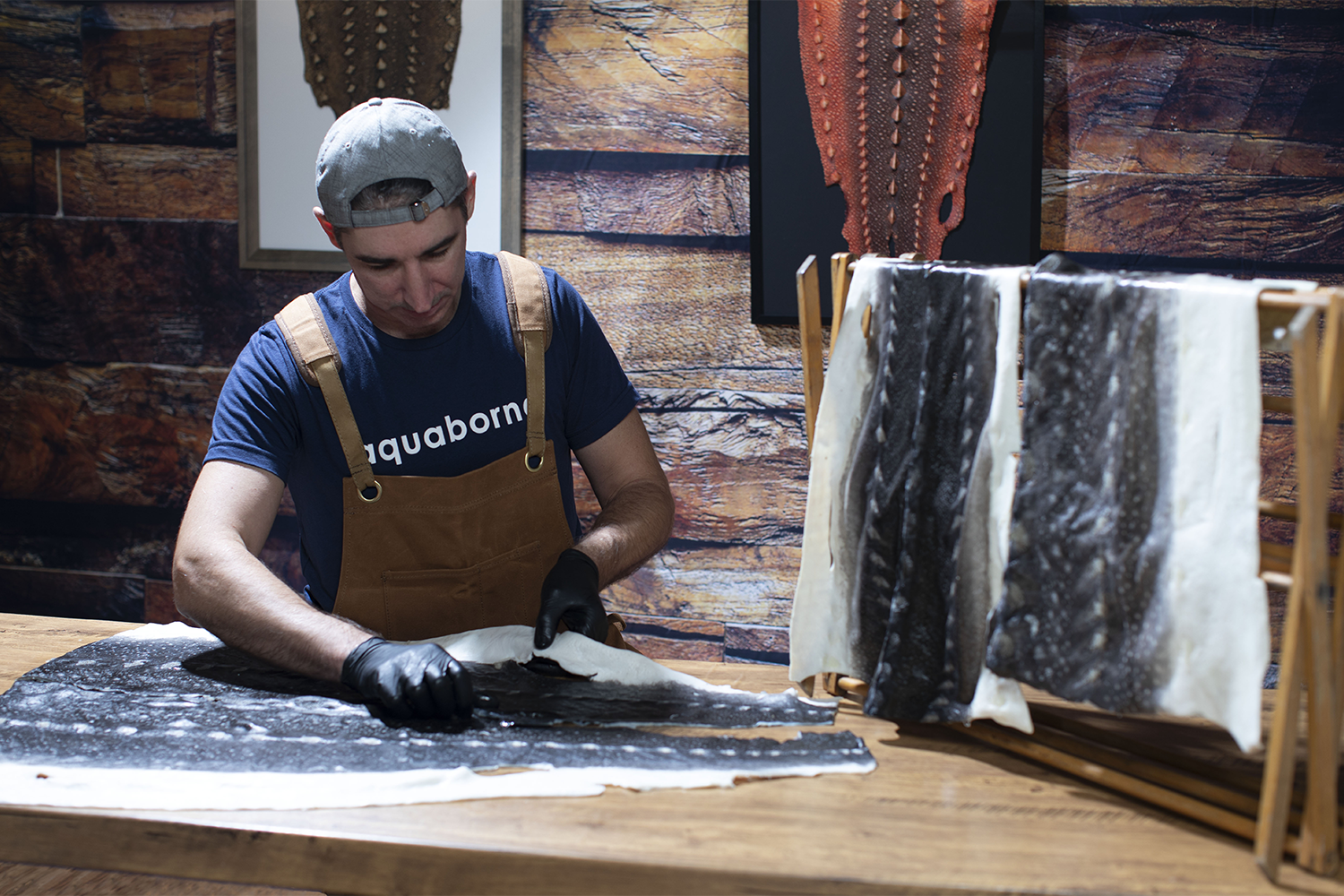
Every Wednesday, Real Good Fish ships boxes of wild-caught, sustainable seafood from its headquarters in Monterey Bay, California, to hungry customers nationwide. The tuna, black cod, halibut and other seafood no longer travel in Styrofoam boxes, though: The seafood company packs seafood in boxes made from chitin, the biopolymer found in the shells of crustaceans like shrimp.
Cruz Foam developed the “Cruz Cool” boxes to divert seafood industry waste from landfills and offer a sustainable alternative to polystyrene. Real Good Fish is just one of the industry partners that has embraced their line of new-to-the-market products, which includes compostable, paper-lined foam wrap and mailers made from chitin.
“Plastic pollution is a huge threat to the seafood industry,” Leslie Nakajima, chief marketing officer for Cruz Foam, told the Advocate. “There are a lot of other players in the sustainable packaging space and people are coming at it from different angles … using fiber, wools or even lab-grown mushrooms [but] there’s nobody else doing exactly what we’re doing.”
The circular economy concept is not new. There’s a long history of creative companies pioneering ways to reduce waste, redesign goods and turn once-discarded materials into new products. In the seafood industry, fish waste, shellfish shells and seaweed byproducts are among the “waste” products that have led to a slew of new innovations.
Empty oyster shells are incorporated into products ranging from road paint and cattle feed to 3D printer filament; cosmetics are made from the collagen from fish skins; and the seaweed shellfish farmers remove from their production areas has been turned into organic fertilizer.
Adopting the principles of the circular economy, including diverting waste from the landfill, could result in annual global savings in excess of $1 trillion by 2025, according to the World Economic Form — and it’s led to some pretty cool products in the process.
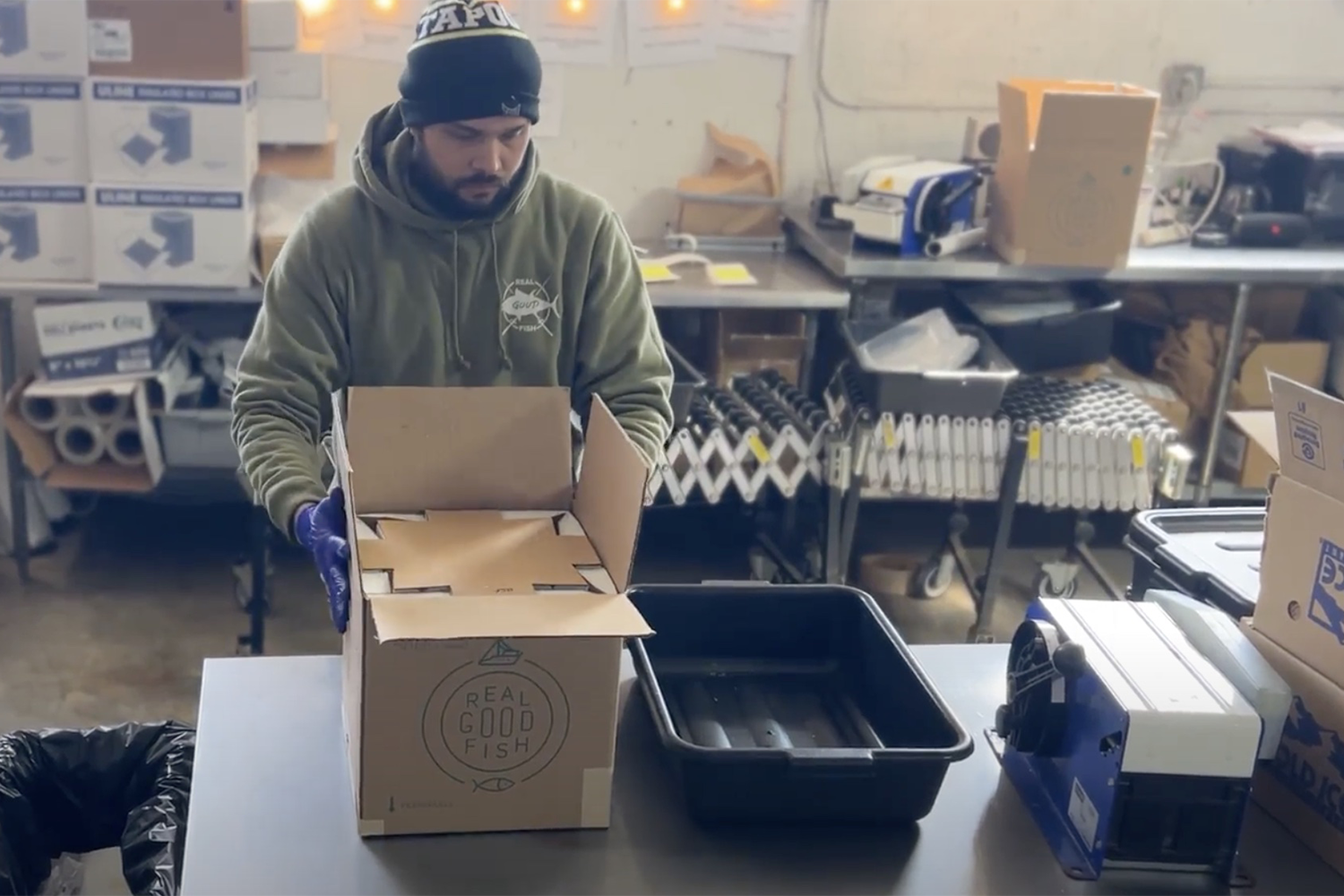
Flashing some leather
Nodar Narsavidze, the managing partner at Aquaborne, had firsthand knowledge of the waste generated in aquaculture. His family operated a caviar farm in the Republic of Georgia, and begin collaborating with domestic caviar farms, exporting and trading the fish, after emigrating to California.
“It takes about 10 to 12 years to raise this fish in aquaculture until they mature to produce caviar,” he said. “At the end, the fish is sacrificed for caviar and everything else is considered to be as a byproduct.”
Narsavidze wanted to explore alternatives for using the byproducts and believed the strength, pliability and uniquely patterned fish skins would make beautiful textiles, so he began experimenting with creating aquatic leathers.
It’s estimated that up to 40 kilograms (88 pounds) of skin are generated from every metric ton (2,204 pounds) of filleted fish. The discarded skins are either sent to landfills, tossed back into the sea or incorporated in lower-value products like pet food and fertilizer. Several companies have started upcycling the skins into leathers that are used in clothing, accessories, home furnishing and décor.
It took a lot of trial and error for Narsavidze to perfect the process. Tanning fish skins is different than tanning hides from cattle or other warm-blooded animals. Moreover, he explains, fish skins from each species are unique and the tanning process that works on sturgeon won’t work on salmon.
“It helped me to understand the habitat of each particular species. The temperature, water and environments all dictate the next steps [in the tanning process],” he added.
In 2022, after five years of research and development, Narsavidze launched a crowdfunding campaign to start Aquaborne. The California-based company sources fish skins from companies like Santa Monica Seafood and Sterling Caviar to process skins from sturgeon, barramundi, salmon and Pacific halibut. All of the skins are sourced from seafood processors or fish farms as byproducts. Narsavidze started production this year and is working to scale the business. Currently, Aquaborne has the capacity to process up to 1,000 fish skins per day.
If you can have a good-tasting, cheap fish product, it’s going to be popular.
It’s a grind
Santtu Vekkeli was also concerned about the amount of waste from fisheries and fish farms and set out to find a solution to the plethora of fish bones that were sent to a landfill or used in fertilizers and feeds.
“Right now, there is no proper use for [fish bones],” he said. “Every food processor wants to increase the yield … and, of course, larger companies have commitments for being more efficient and sustainable.”
Vekkeli devised a solution to use food processing machines to turn fish and poultry bones into a paste called SuperGround. The paste has a flavor profile similar to bone broth and can be used in foods like fish cakes and fish sticks.
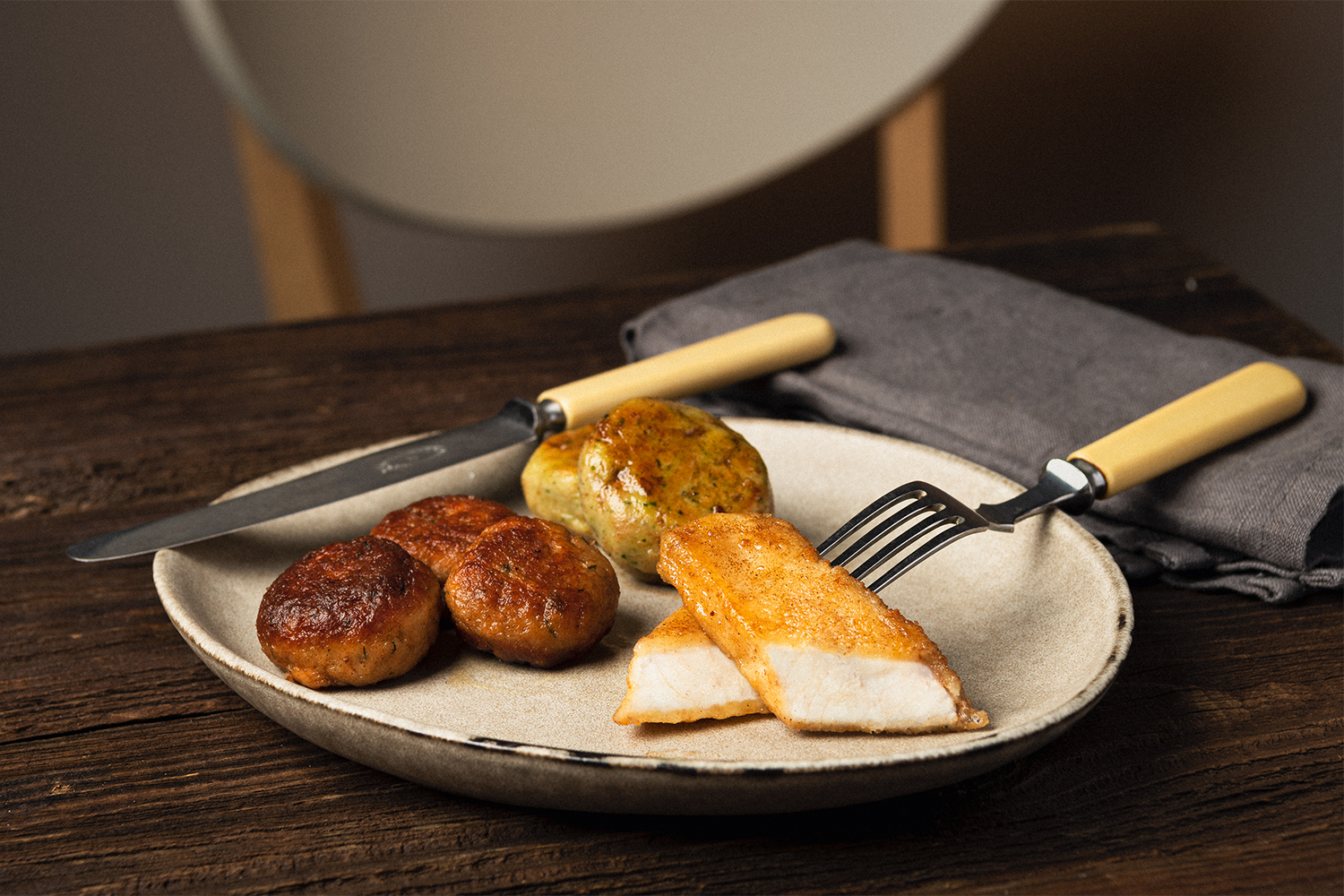
Rather than sourcing bones and selling paste, the Finnish entrepreneur patented the manufacturing process and sells machines to fisheries, farms and food manufacturers. The machines became commercially available this year.
“I’m pretty confident [the demand] is going to be there,” he said. “If you can have a good-tasting, cheap fish product, it’s going to be popular.”
Vekkeli also speculates that changing regulations could increase the demand for SuperGround.
In May, the Norwegian government passed a “resource rent tax” on aquaculture farms that increased their marginal tax rate over 100 percent. He said there’s been a lot of speculation that the government will decrease the number of fish farming permits, decreasing the total amount of farmed fish they can produce. But grinding the bones into paste would allow processors to get more yield from a similar amount of fish.
“It will lead to a situation where the total volume they’re selling is not decreasing even though they have fewer permits to farm fish,” Vekkeli explained.
Regulations could also drive market demand for Cruz Foam. A number of cities and states, including Washington, D.C., Colorado, Maine, Maryland, New York, New Jersey, Vermont, Virginia and Washington and have passed polystyrene bans, leaving companies in search of alternate packaging materials.
The manufacturing process that Cruz Foam uses relies on the same technology used to make expanded polystyrene foam but making packaging materials from chitin has 10 percent of the impact of traditional packaging materials. Cruz Foam only works with suppliers who source shrimp shells from sustainable, legally caught shrimp.
Renata Massion, sustainability manager at Cruz Foam, called the concept, “pretty innovative, pretty cutting edge and totally sustainable.” The hope is the marketplace will feel the same.
“The seafood industry has been desperately trying to get away from using polystyrene boxes, so knowing that there’s a viable product made out of the seafood waste is of interest to them,” said Nakajima.
As this interest in the circular economy grows and demand for upcycled product increases, Narsavidze hopes the seafood industry will reap the benefits.
“Aqua farms and fisheries can divert some of their waste and the collaborations create an additional value stream for the industry,” she said.
Now that you've reached the end of the article ...
… please consider supporting GSA’s mission to advance responsible seafood practices through education, advocacy and third-party assurances. The Advocate aims to document the evolution of responsible seafood practices and share the expansive knowledge of our vast network of contributors.
By becoming a Global Seafood Alliance member, you’re ensuring that all of the pre-competitive work we do through member benefits, resources and events can continue. Individual membership costs just $50 a year.
Not a GSA member? Join us.
Author
-
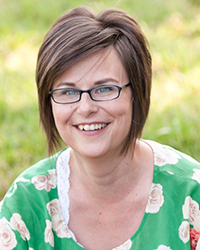
Jodi Helmer
Jodi Helmer is a North Carolina-based journalist covering the business of food and farming.
Related Posts
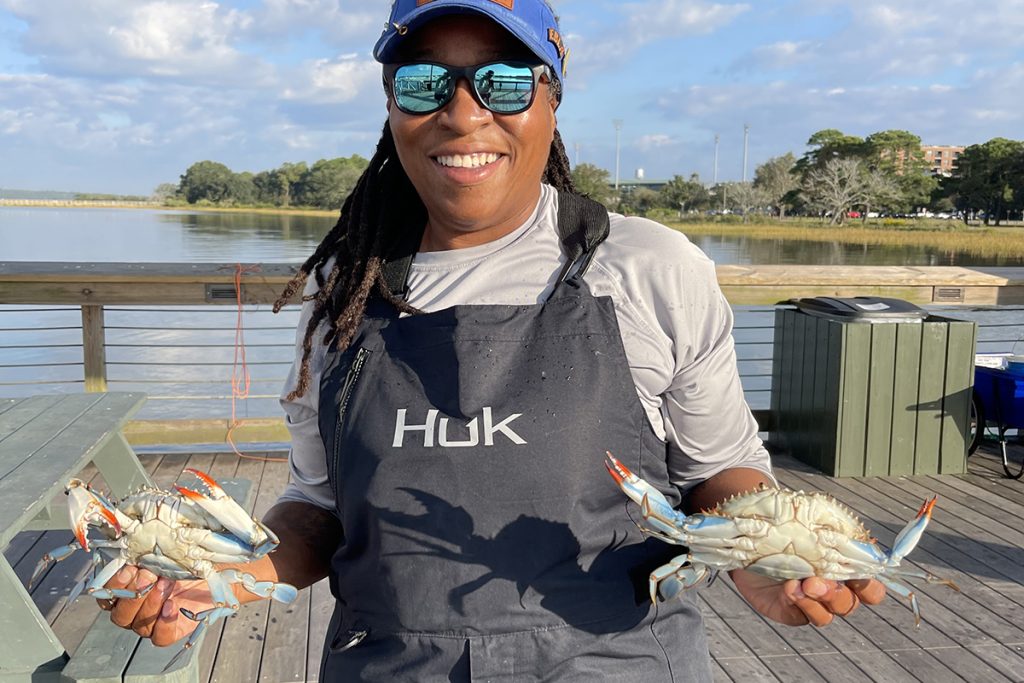
Intelligence
Crash course in crabbing spawns a budding tourism business that fosters inclusiveness
For Tia Clark, the Casual Crabbing with Tia Airbnb experience is no side hustle – it’s about representation, education and connections.
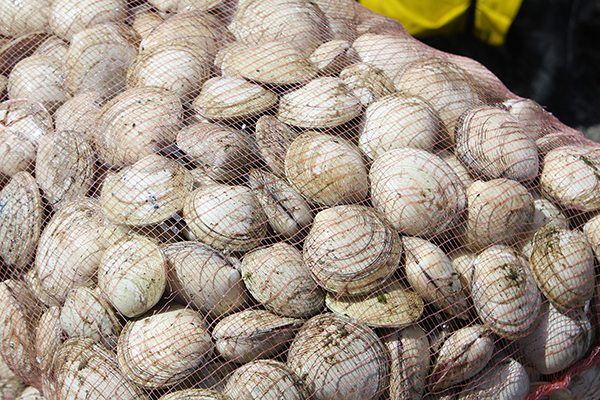
Responsibility
All clams on deck: How restorative aquaculture can repair Florida estuaries
New legislation aims to tackle tough environmental issues in Florida estuaries by bolstering the number of clams and seagrass through restorative aquaculture.
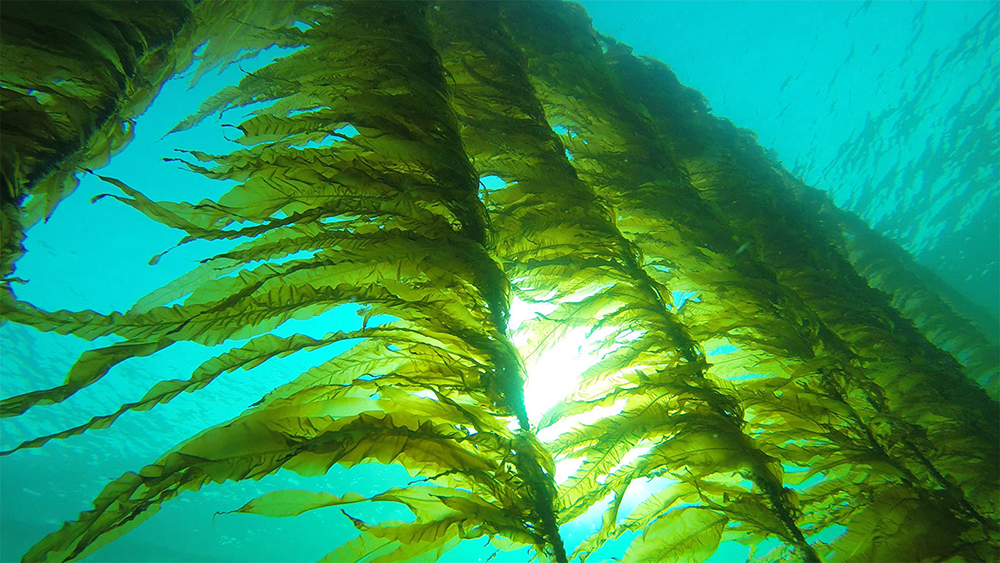
Intelligence
Not just for noshing: Seaweed startups focus on industrial uses for the fast-growing biomass
Interest in industrial seaweed applications is driving demand for biofuels, bioplastics, textiles, animal feed, cosmetics, fertilizers and more.
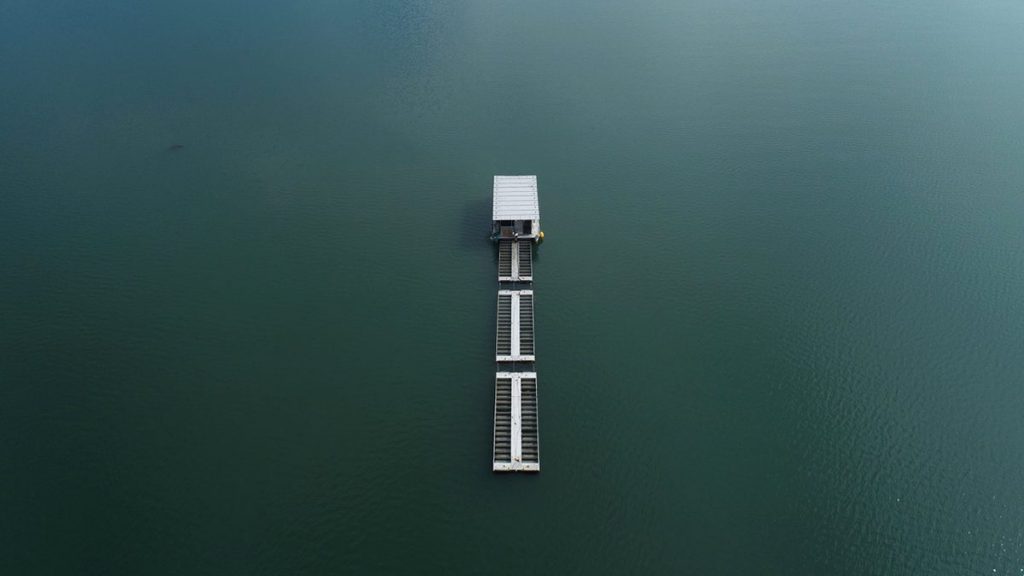
Innovation & Investment
This Maine company thinks kelp buoys and oyster farming can save the ocean through carbon capture and sequestration
Maine-based Running Tide uses carbon-capture and oyster farming techniques – using both low and high technology – to restore ocean health.


